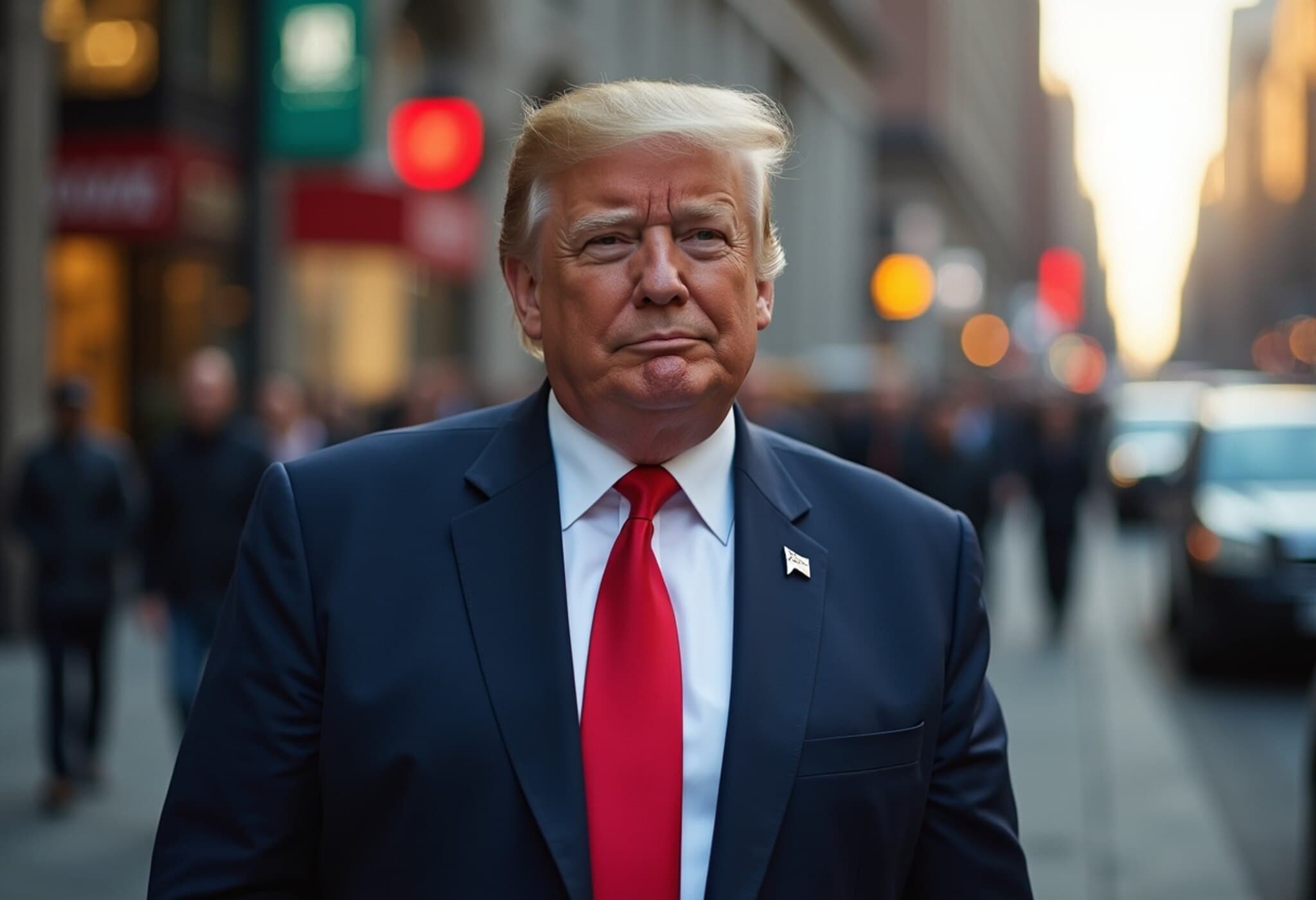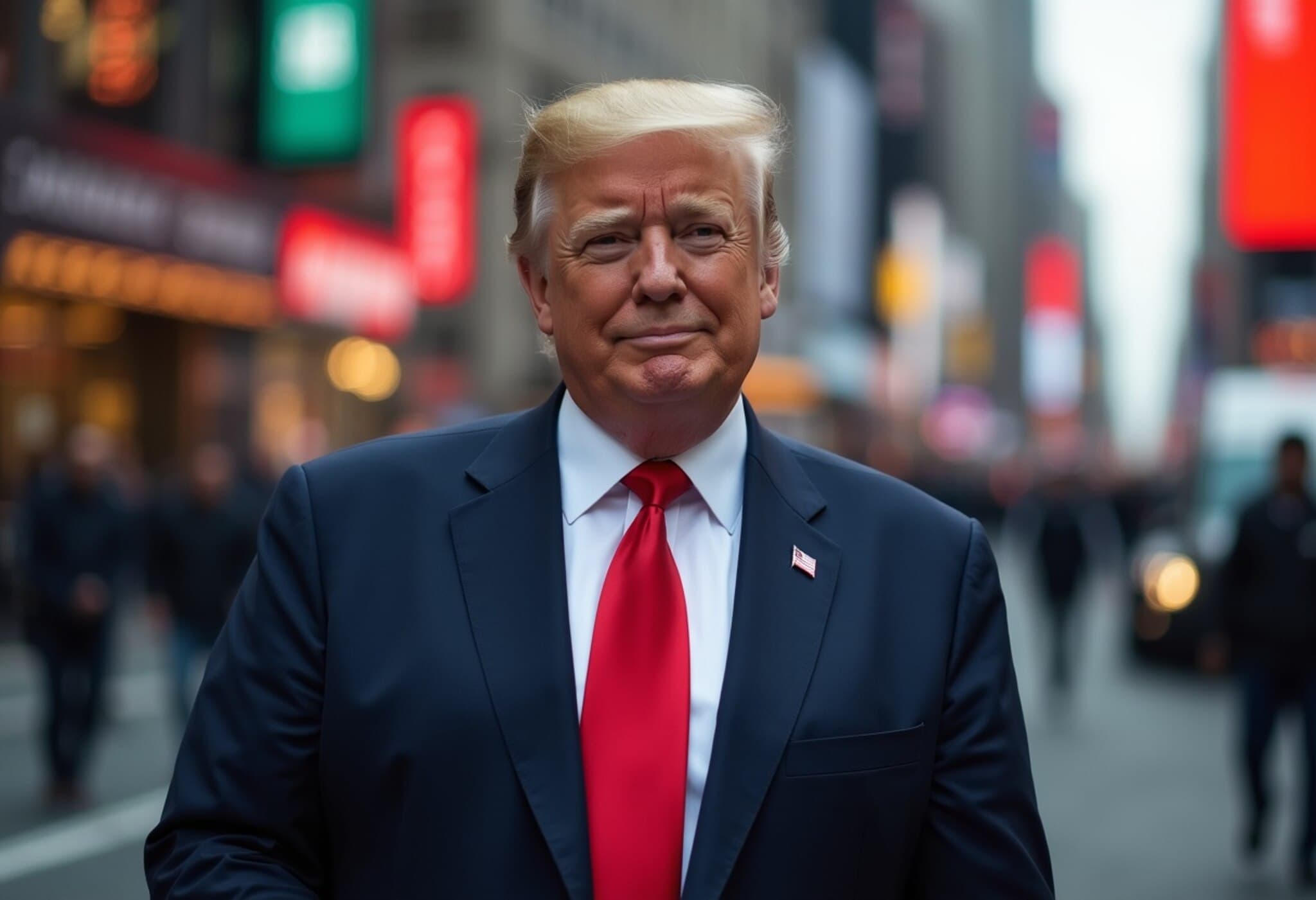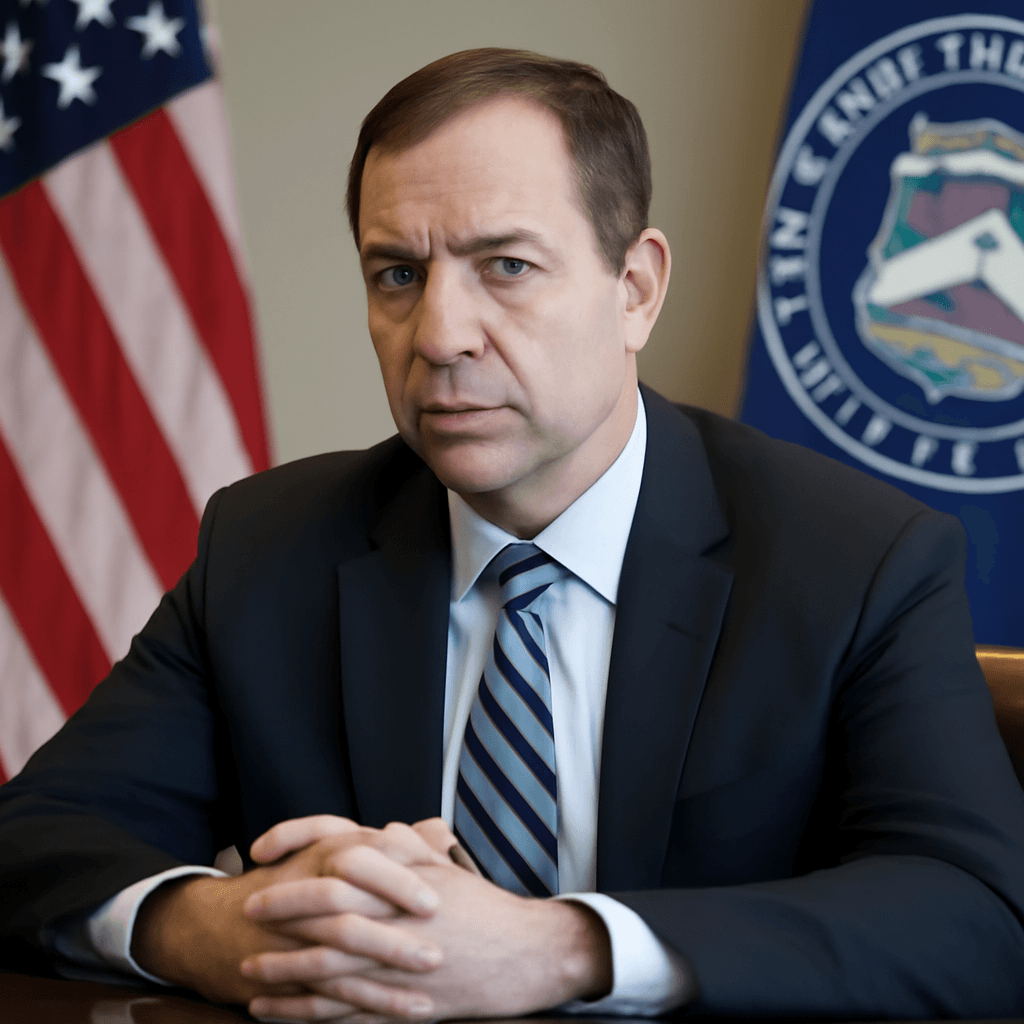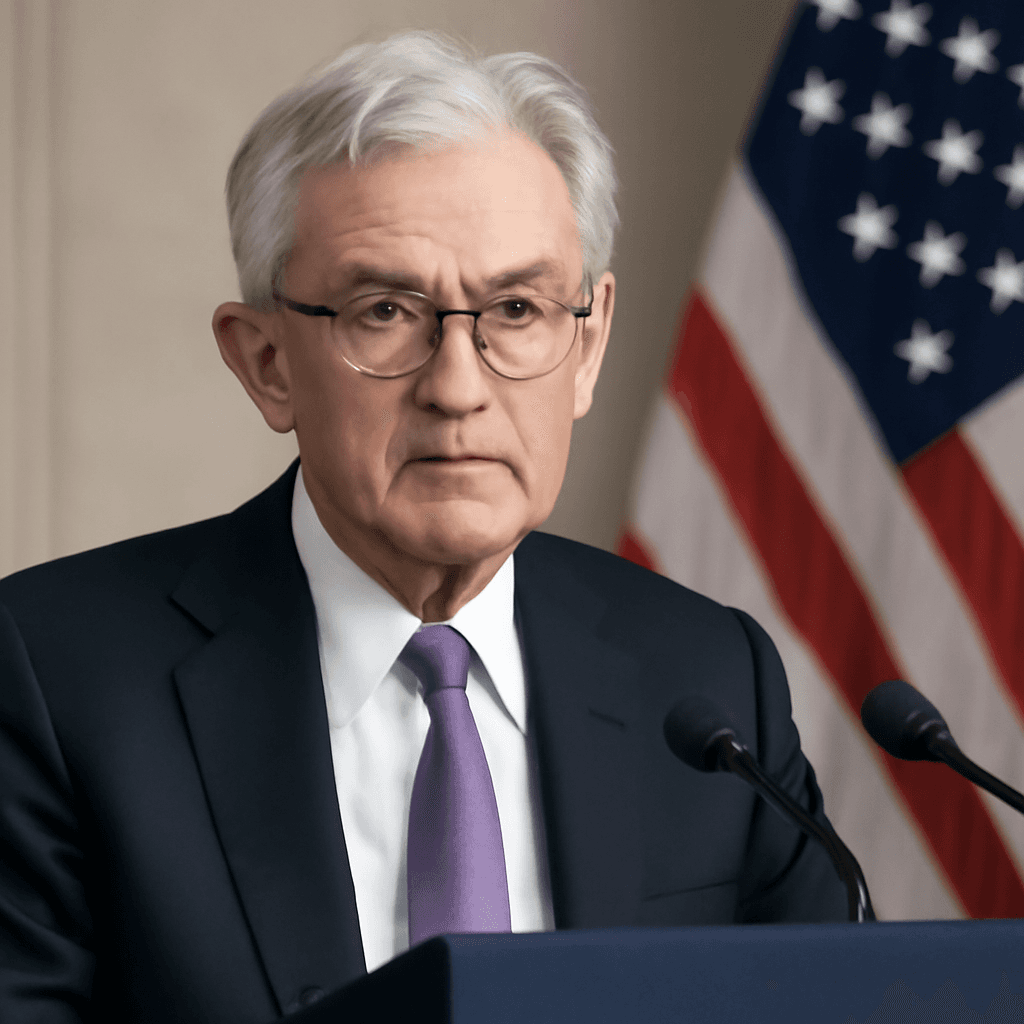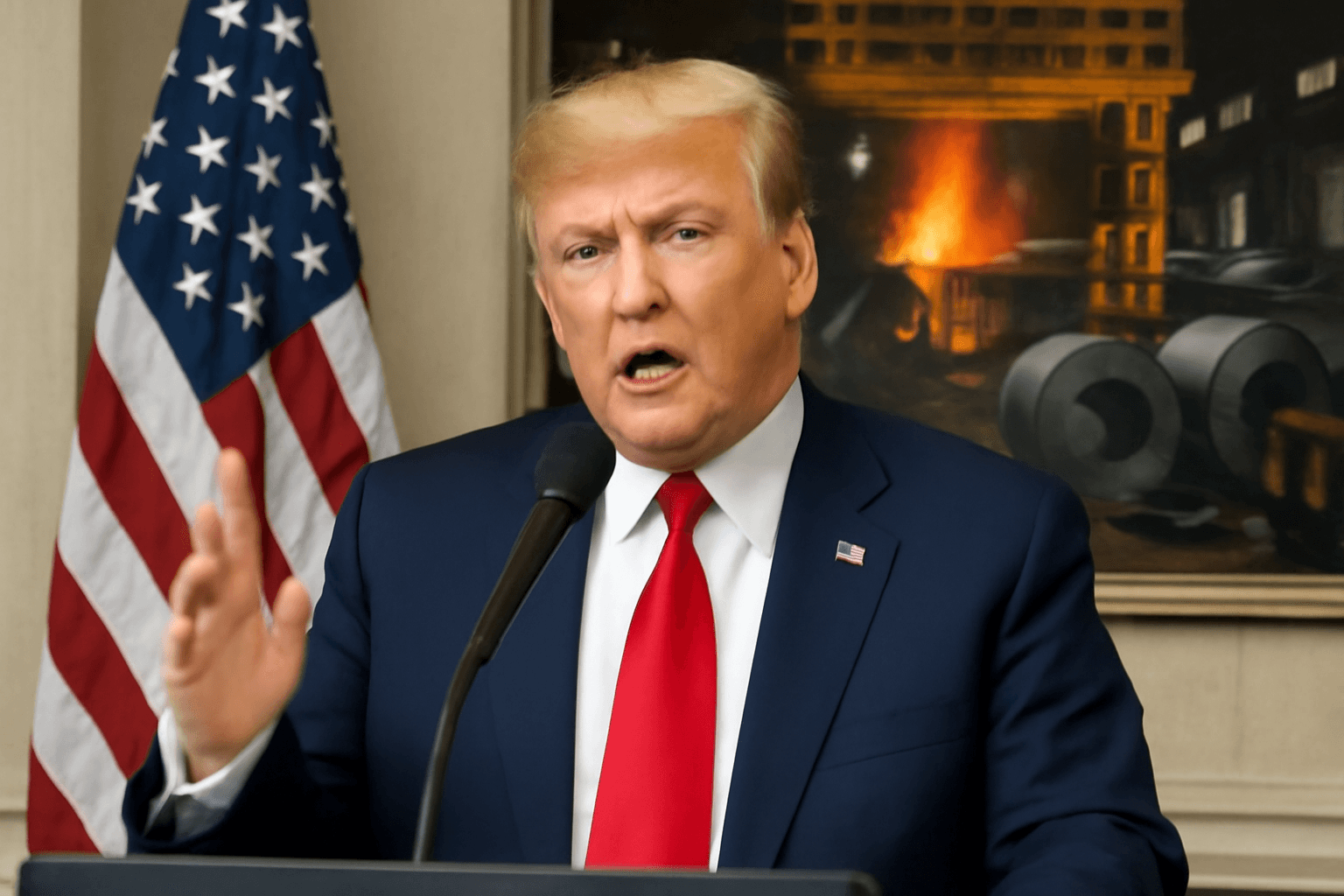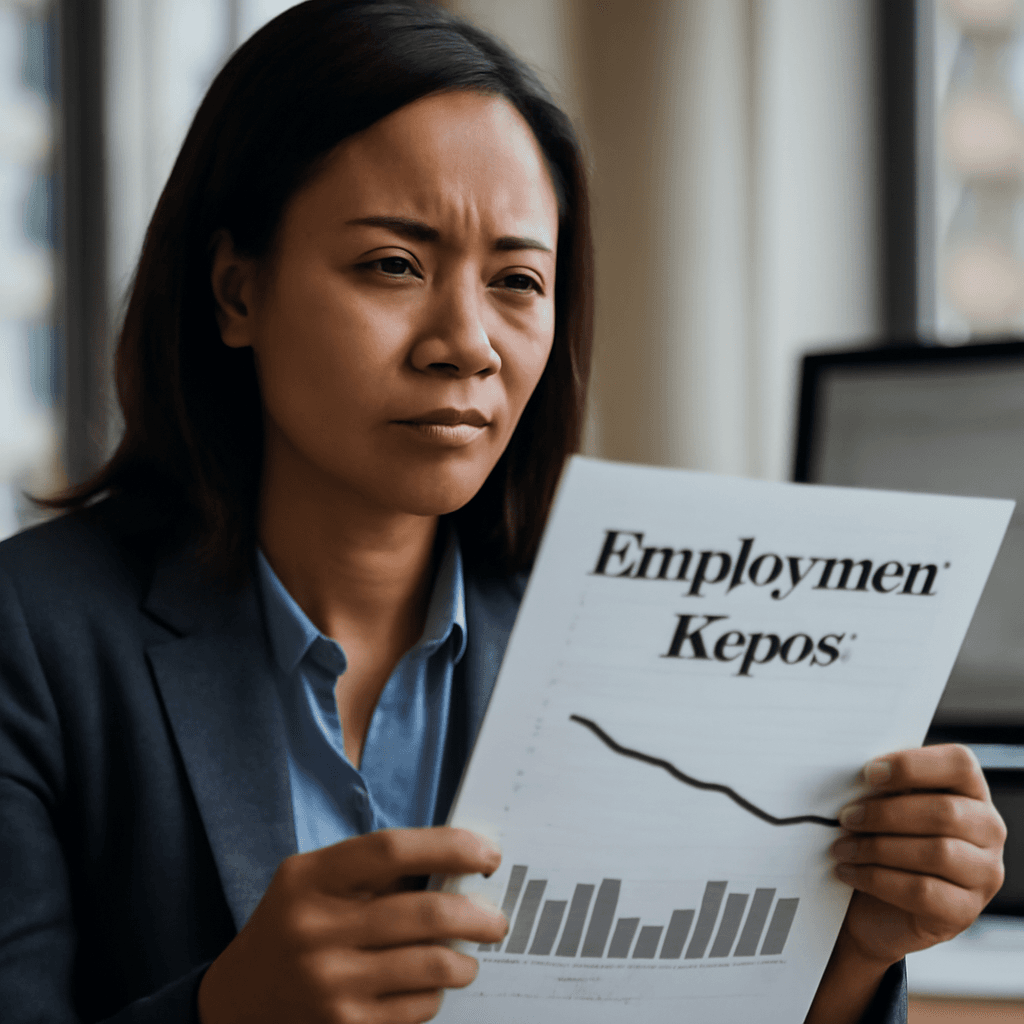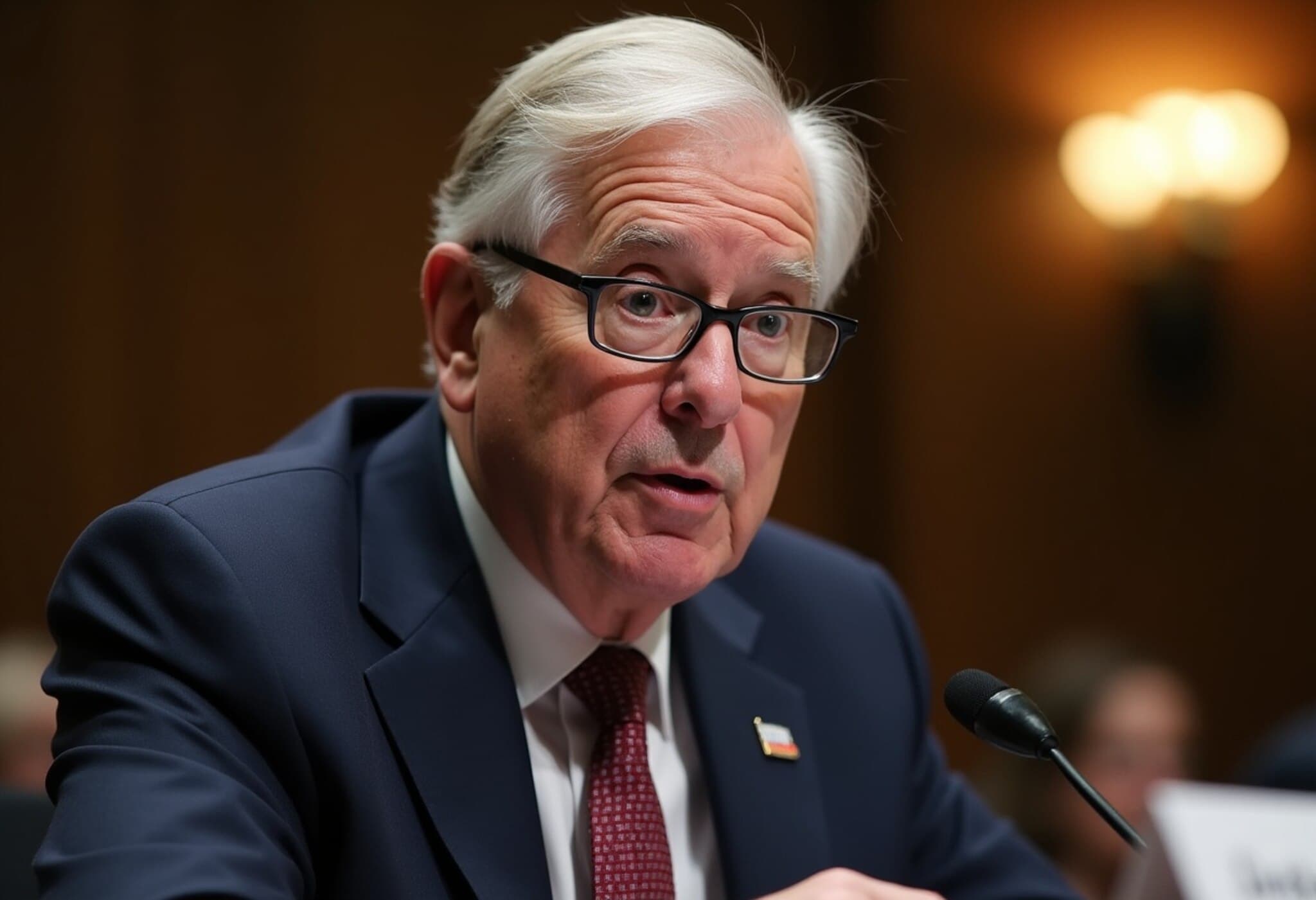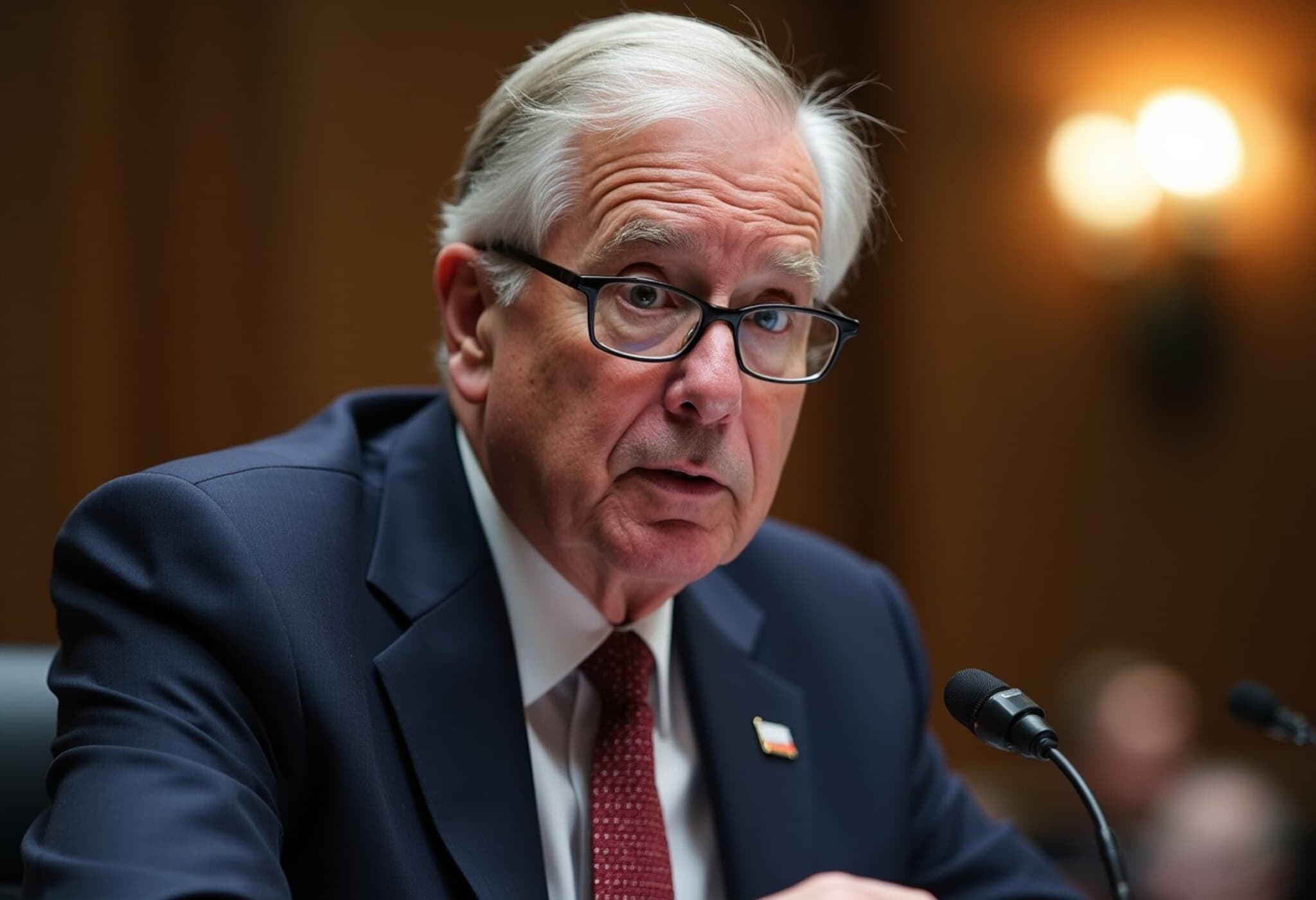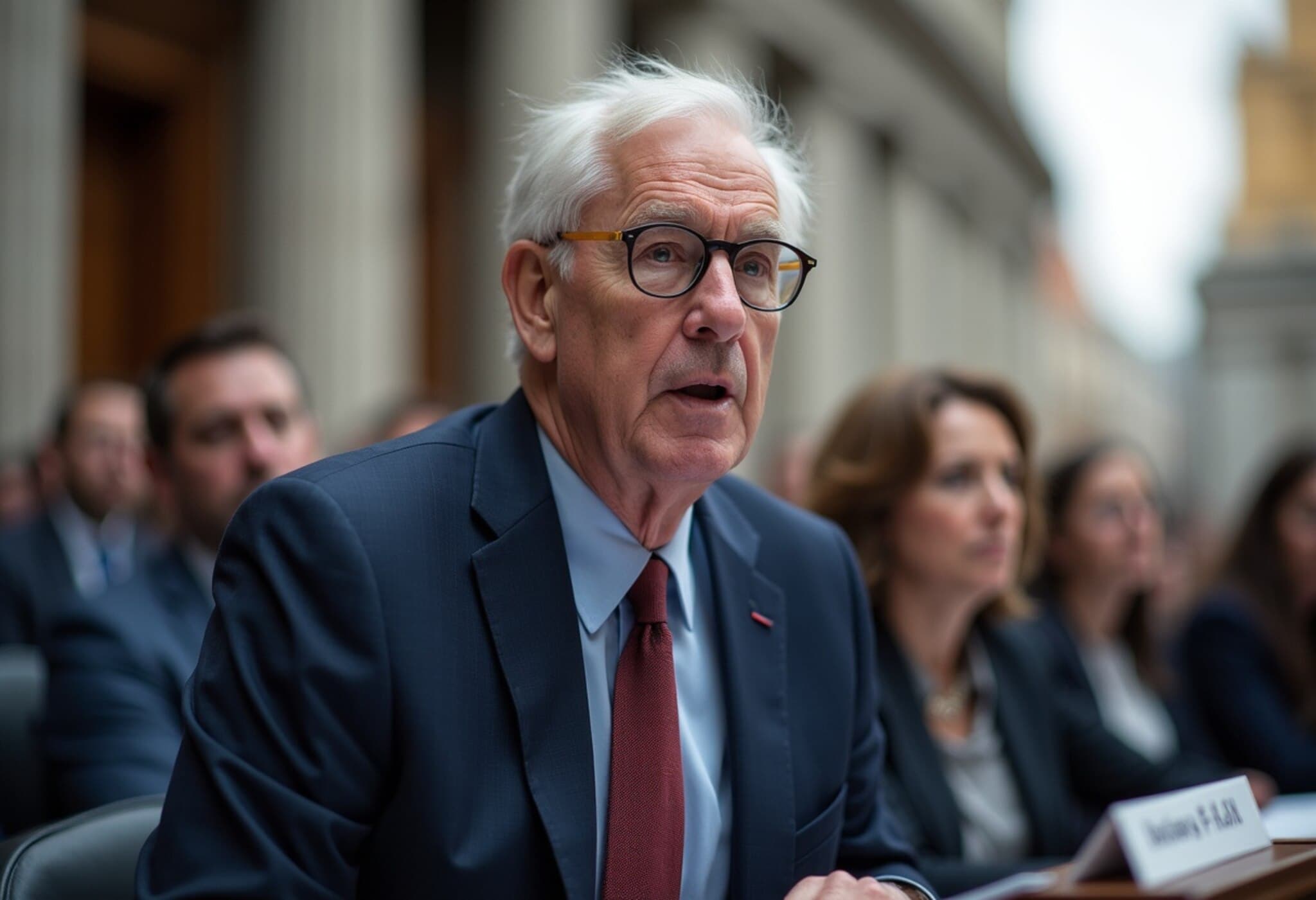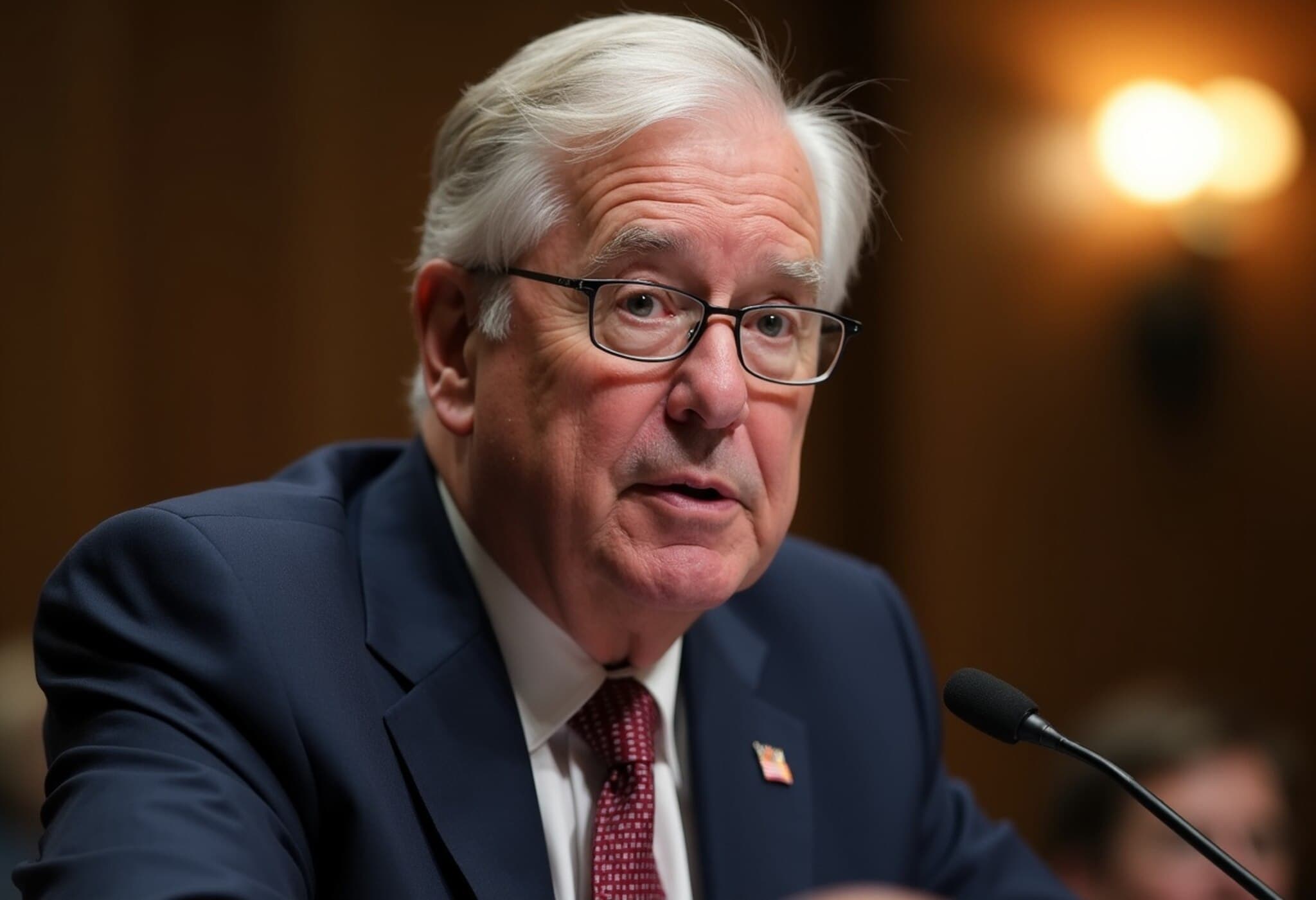Tariffs and Inflation: The Expectation vs. Reality
Despite widespread concern that recent tariffs would push inflation higher, the latest data tells a different story. Consumer and producer price indexes both rose by just 0.1% in May, signaling a surprisingly tame inflation environment. This recent reading challenges the narrative that tariffs are immediately driving up prices across the board.
Why Aren't Prices Skyrocketing Yet?
Several factors explain why tariffs haven’t yet translated into significant price hikes:
- Pre-tariff stockpiling: Many companies imported and stored goods ahead of the tariff implementation deadline, delaying the impact on consumer prices.
- Lag time for cost pass-through: It takes time for the increased costs from tariffs to make their way through the supply chain and finally reach retail prices.
- Consumer resistance: With consumers tightening budgets, companies face limited ability to raise prices without losing demand.
Economists note that the effects of tariffs are expected to emerge gradually over the coming months, rather than appear as an immediate spike.
Spotlight on Products Sensitive to Tariffs
While overall inflation remains subdued, certain categories showed noticeable price increases:
- Canned fruits and vegetables surged 1.9% in May, reflecting sensitivity to import costs.
- Roasted coffee prices increased by 1.2%, with tobacco also rising 0.8%.
- Durable goods like major appliances jumped 4.3%, mirroring past tariff-driven price spikes in similar products, such as washing machines during the 2018-2020 import tax period.
- Computers and related items rose by 1.1%, signaling potential early tariff impacts on technology goods.
The Consumer’s Role: Pricing Power and Economic Reality
Consumers play a crucial role since they account for nearly 70% of economic activity. Evidence suggests that affordability concerns are limiting companies’ ability to pass on higher costs. Recent reports highlight that some businesses are hesitant to fully transfer tariff-related expenses to consumers.
This dynamic is reminiscent of the economic strain during the Smoot-Hawley tariffs of 1930, which many historians link to deepening the Great Depression. Signs of cautious spending, especially cuts in vacations and leisure activities, suggest consumers remain wary, reducing companies’ pricing leverage.
Federal Reserve’s Approach Amid Inflation Uncertainty
Given these mixed signals, the Federal Reserve is taking a measured stance. Market expectations lean toward the central bank holding steady until September before considering interest rate cuts, despite easing inflation and emerging cracks in the labor market.
Economists point out that if inflation driven by tariffs proves temporary, rate reductions may follow later this year. However, if consumer expectations around inflation rise due to short-term disruptions—like food price fluctuations—rate cuts could be delayed.
Looking Ahead: Patience Required
Ultimately, tariffs' impact on inflation is complex and slow to unfold. Several months of data will be required to understand whether pay increases in affected sectors become permanent or remain isolated blips. Current trends highlight the delicate balance between trade policy, corporate pricing strategies, and consumer spending habits shaping the inflation landscape.


